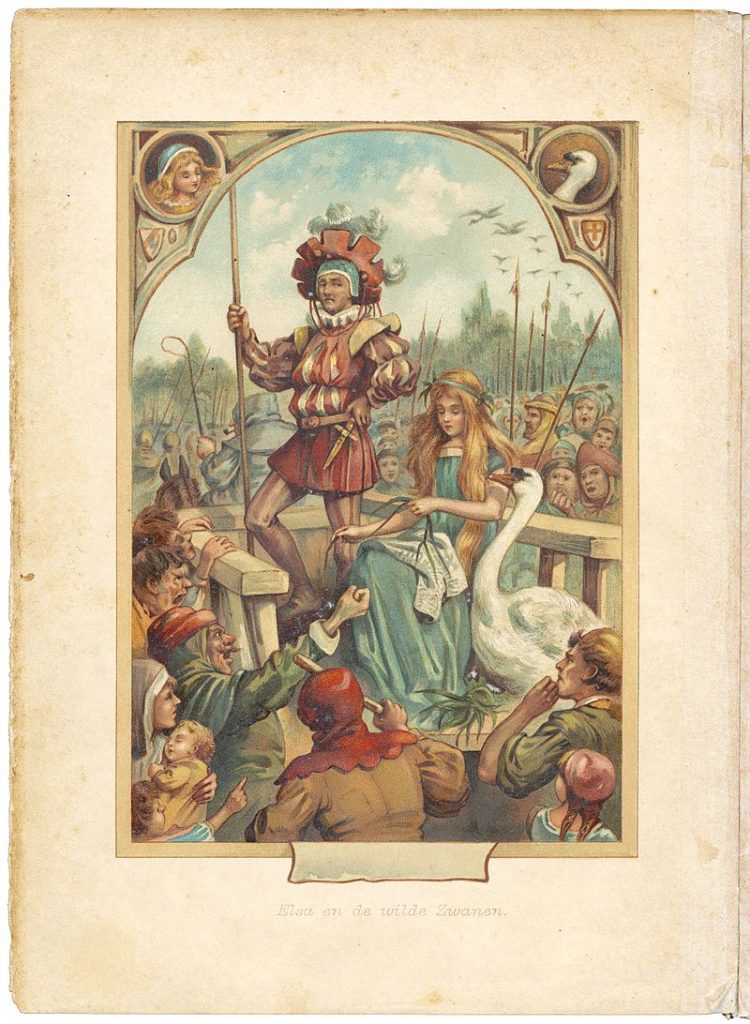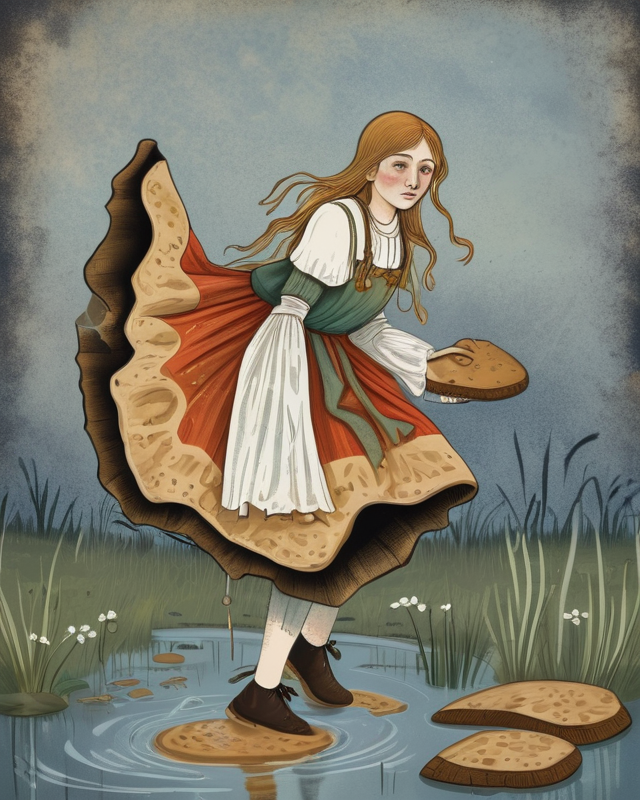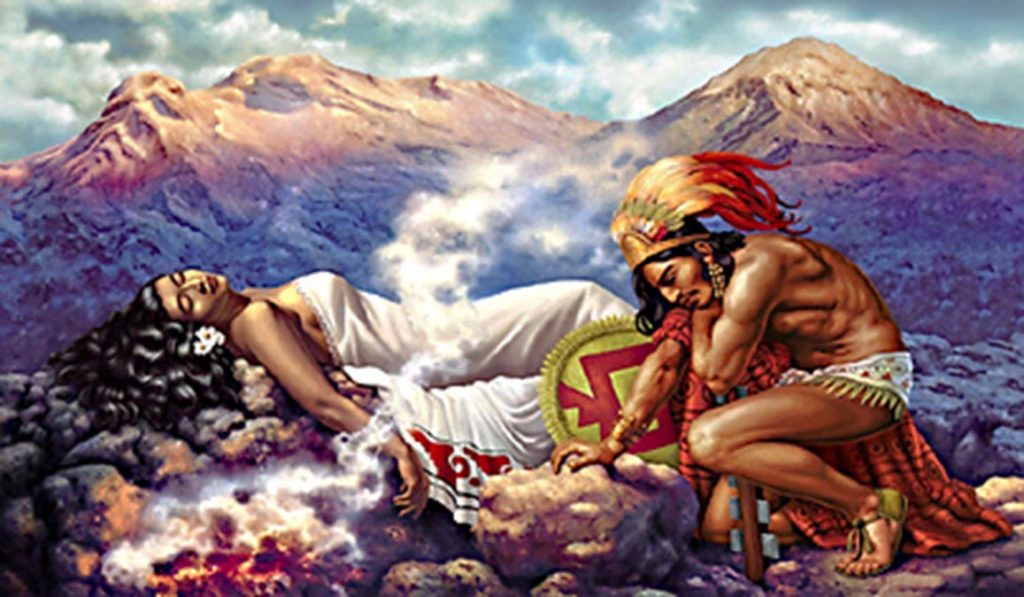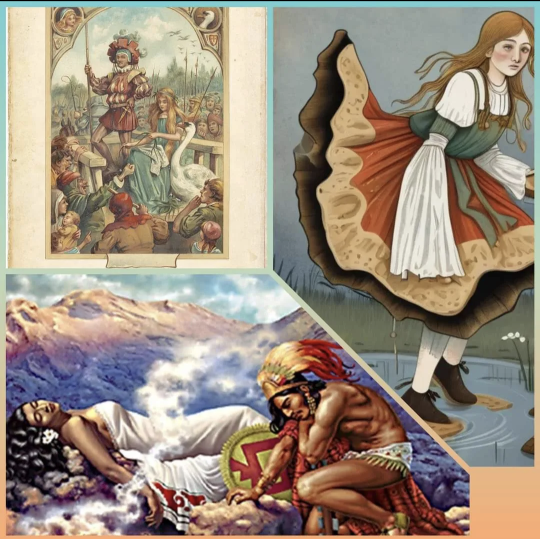Welcome to Fairy Tale Flip Storytime.
In this collaboration between creator of Scaffolding Magic, Donna Lee Fields and myself, We deep dive into a fairy tale of your choice! Be sure and cast your vote on our Facebook Community Group. Here are your THREE choices for March 2024.
The Wild Swans
“The Wild Swans” is a fairy tale written by Hans Christian Andersen. Here’s a summary:
The story follows a young princess named Elisa and her eleven brothers. Their father, the king, remarries a wicked queen who practices dark magic. The queen transforms Elisa’s brothers into swans and sends Elisa away to protect her from learning the truth.
Elisa embarks on a journey to find her brothers and break the curse. Along the way, she encounters a group of helpful fairies who give her a magical shirt made from nettles. The shirt can break the spell, but Elisa must remain silent and endure great hardship during her task.
Despite the challenges, Elisa perseveres, weaving shirts for her brothers while remaining silent. She faces accusations of witchcraft and endures trials but ultimately succeeds in breaking the curse. However, one of her brothers remains with a swan wing instead of an arm, as she didn’t finish his shirt.
Elisa’s love and sacrifice restore her brothers, and they regain their human forms. The wicked queen is punished for her deeds, and Elisa is reunited with her family, living happily ever after.
“The Wild Swans” is a timeless tale of love, sacrifice, and perseverance, emphasizing the power of familial bonds and the triumph of good over evil.

The Girl Who Trod on a Loaf

“The Girl Who Trod on a Loaf” is a fairy tale written by Hans Christian Andersen. Here’s a summary:
The story revolves around a young girl named Inga who grows up in poverty. She lacks empathy and is often cruel to others, including her parents and neighbors.
One day, Inga is tasked with bringing a loaf of bread to her sick mother. Instead of following her mother’s instructions to keep the loaf dry, Inga uses it as a stepping stone to avoid getting her shoes dirty. As she walks across a muddy path, she steps onto the loaf, ruining it.
Inga’s selfish actions have consequences. She is pulled down into the bog where she is remains frozen as a statue. She can hear the voices of her parents and villagers speaking ill of her selfish ways.
She is released as a bird when she discovers humility, and she flies into the sunset after showing kindness to other birds above herself.
In the end, Inga’s punishment serves as a lesson in humility and empathy.
“The Girl Who Trod on a Loaf” is a cautionary tale that explores themes of selfishness, pride, and the consequences of one’s actions, illustrating the importance of empathy and humility in the face of adversity.
The legend of Popocatépetl and Iztaccíhuatl
The legend of Popocatépetl and Iztaccíhuatl is a renowned tale from Mexican folklore that explains the origin of these two prominent volcanoes. Here’s a summary of the legend:
In ancient times, when Aztec civilization thrived in Mexico, there lived a great warrior named Popocatépetl, whose name means “Smoking Mountain.” Popocatépetl fell deeply in love with Iztaccíhuatl, a beautiful princess, often referred to as the “White Woman” or the “Sleeping Woman” due to the appearance of the mountain that bears her name.
The two lovers were engaged to be married, and their love was admired by all. However, their happiness was short-lived as a rival suitor, who desired Iztaccíhuatl, spread false rumors about Popocatépetl’s demise in battle.
Believing the false news of her beloved’s death, Iztaccíhuatl was overcome with grief and sorrow. Consumed by her emotions, she fell ill and eventually passed away.
When Popocatépetl returned victorious from battle and learned of Iztaccíhuatl’s death, he was devastated. Overwhelmed with grief, he carried her lifeless body to the mountains and laid her down. He knelt beside her, mourning her loss, and vowed to remain by her side forever.
The gods, moved by the couple’s tragic love story, transformed them into mountains. Popocatépetl became the active volcano that bears his name, forever watching over Iztaccíhuatl, who became the dormant volcano beside him. Popocatépetl, in his grief, continues to emit smoke and fire, as if perpetually mourning his beloved.
The legend of Popocatépetl and Iztaccíhuatl is a poignant tale of love, loss, and eternal devotion, and it remains an integral part of Mexican culture and folklore, symbolizing the enduring power of love and the beauty of the natural world.

Image Credits
The Wild Swans Image credit: “The Wild Swans” by E. Stuart Hardy
Popocatepetl and Iztaccihuatl : Jesus Helguera, The Legend of the Volcanoes (La leyenda de los volcanes), 1940
VIDEOS

